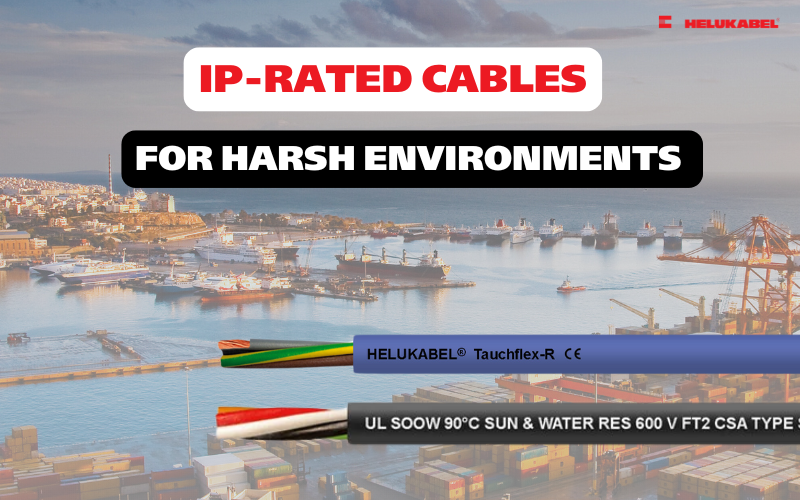Water and dust IP ratings: What does IP68 mean?
IP specifications are a water and dust resistance rating system based on the European standard IEC 60529, established by the International Electrotechnical Commission (IEC).
1. What is IP68?
Currently, IP68 is a common standard when it comes to water and dust resistance of electrical equipment, especially in the cable manufacturing industry. IP specifications are a water and dust resistance rating system based on the European standard IEC 60529, established by the International Electrotechnical Commission (IEC).
IP stands for "Ingress protection", this standard represents the ability to protect equipment from the intrusion of solids and liquids when the device is exposed.
_any_small.png)
2. Meaning of the two numbers following IP
2.2 The first number after IP
The first number following IP represents the protective ability of the outer sheath, helping to prevent solid objects from penetrating into electrical equipment, rated on a scale from 0 to 6.
| LEVEL | CONTENT | EFFECT |
| 0 | No protection | There is no protection against contact and penetration by objects. |
| 1 | Protected against solid foreign objects of 50 mm Ø and greater | Large surface of an object, such as the back of a hand, but incapable of resisting contact with a body part. |
| 2 | Protected against solid foreign objects of 12,5 mm Ø and greater | Fingers or similar objects. |
| 3 | Protected against solid foreign objects of 2,5 mm Ø and greater | Equipment, thick wires, etc. |
| 4 | Protected against solid foreign objects of 1,0 mm Ø and greater | Most wires, screws, etc. |
| 5 | Dust-protected | Does not provide complete protection against dust ingress but ensures that dust ingress is not in quantities large enough to affect the normal operation of the equipment, providing complete protection against exposure. |
| 6 | Dust-tight | Do not allow dust to enter; completely protected from exposure. |
2.2 The second number
The remaining number after “IP” rates the protection of the case against liquid ingress and uses a scale of 0 to 8.
| LEVEL | CONTENT | TESTING | DETAILS |
| 0 | No protection | _ | _ |
| 1 | Protected against vertically falling water drops | Vertically falling drops shall have no harmful effects | Testing time: 10 minutes This is equivalent to 1 mm of rain falling every minute |
| 2 | Protected against vertically falling water drops when enclosure tilted up to 15° | Vertically falling drops shall have no harmful effects when the enclosure is tilted at any angle up to 15° on either side of the vertical. | Testing time: 10 minutes The equivalent of 3 mm of rain falling every minute |
| 3 | Protected against spraying water | Water sprayed at an angle up to 60° on either side of the vertical shall have no harmful effects. | Testing time: 5 minutes Water volume: 0.7 liters per minute Pressure: 80–100 kPa |
| 4 | Protected against splashing water | Water splashed against the enclosure from any direction shall have no harmful effects. | Testing time: 5 minutes Water volume: 10 liters per minute Pressure: 80–100 kPa |
| 5 | Protected against water jets | Water projected in jets against the enclosure from any direction shall have no harmful effects. | Testing time: minimum 3 minutes Water volume: 12.5 liters per minute Pressure: 30 kPa from 3 m |
| 6 | Protected against powerful water jets | Water projected in powerful jets against the enclosure from any direction shall have no harmful effects. | Testing time: minimum 3 minutes Water volume: 100 liters per minute Pressure: 100 kPa from 3 m |
| 7 | Protected against the effects of temporary immersion in water. | Ingress of water in quantities causing harmful effects shall not be possible when the enclosure is temporarily immersed in water under standardized conditions of pressure and time. | Testing time: 30 minutes The lowest immersion point of an enclosure with a height of less than 850 mm is 1000 mm below the water level, and the highest point of an enclosure with a height of 850 mm or more is 150 mm below the water level. |
| 8 | Protected against the effects of continuous immersion in water. | Ingress of water in quantities causing harmful effects shall not be possible when the enclosure is continuously immersed in water under conditions which shall be agreed between manufacturer and user, but which are more severe than for numeral 7. | Test time: continuous immersion in water Depth specified by the manufacturer, usually a maximum of 3 m |
3. The cables meeting the IP68 standard
The IP68 standard plays an important role in ensuring that electrical cables operate stably, avoiding problems in conditions of dust, humidity, and even water immersion. This standard is necessary for cables that require operation in harsh outdoor environments or areas with high humidity.
At HELUKABEL, we provide cables that meet IP68 standards with effective water and dust resistance. You can refer to some of the following products:
3.1 HELUPOWER® H07RN-F LS0H rubber cable
Datasheet of HELUPOWER® H07RN-F LS0H, oil resistant, implementable up to a water depth of 100 m
3.2 HELUPOWER® AQUATIC-750-BLUE cable
Datasheet of HELUPOWER® AQUATIC-750-BLUE | Approved for use in drinking water
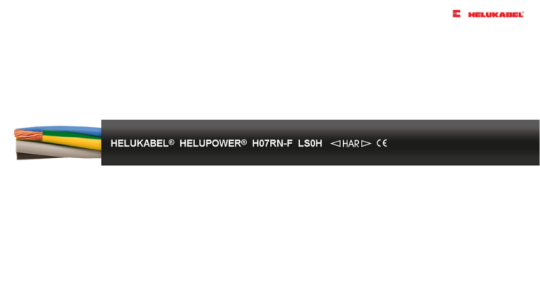
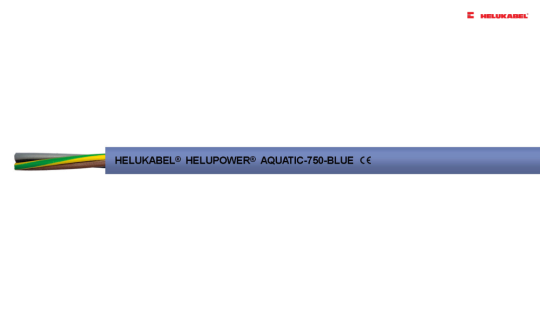
3.3 Tauchflex-R submersible-pump cable
3.4 Tauchflex-FL submersible-pump cable
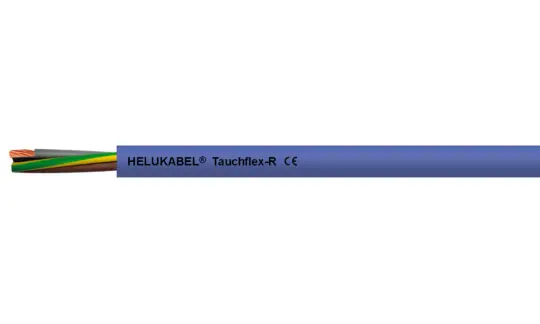
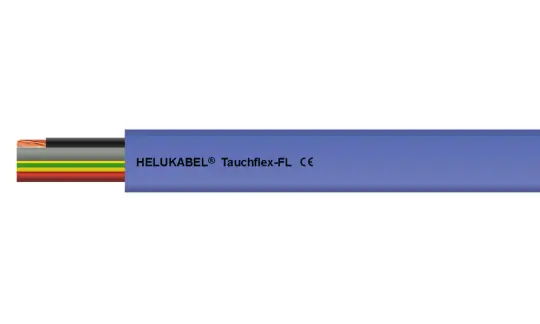
These cables meet waterproof and dustproof requirements, suitable for use in places that are frequently damp or areas with a large amount of stagnant water. Especially, our HELUPOWER® AQUATIC-750-BLUE cables can even be used under seawater, which were provided for Sun Group's "Sun Signature Show" Water Music Stage project, you can read more about this project HERE .
In addition to water resistance and dust resistance standards, we, HELUKABEL, also provide products that meet many other requirements such as fire-resistant, flame retardant, high-temperature resistance, UV resistance, etc. If you need in-depth advice on the right cables for your application, please contact our engineers for instant support.
If you still have any concerns or questions, don't hesitate to reach out to HELUKABEL Vietnam's engineering team promptly for detailed assistance.
HELUKABEL® Vietnam
| Address | 905, Nguyen Kiem Street, Hanh Thong Ward, Ho Chi Minh City 700000, Vietnam |
| info@helukabel.com.vn | |
| Hotline | +84 28 77755578 |
| Website | www.helukabel.com.vn |
| Discover our products and place orders | Tiki | Shopee | Lazada | Product finder |
| Follow us on | Facebook | LinkedIn | Instagram | Youtube | Zalo | WhatsApp | Tiktok | Spotify |



